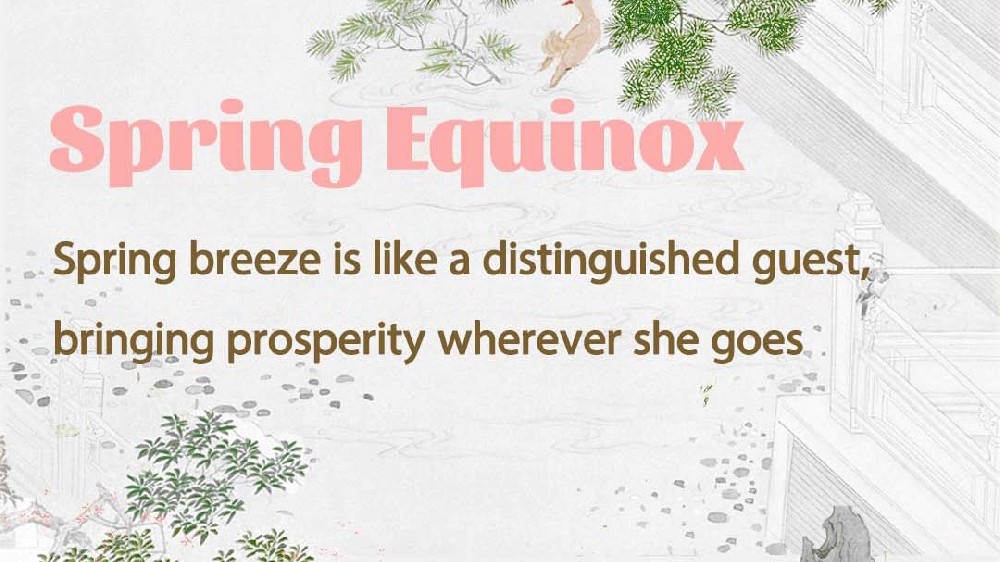
Heritage Grid | Yinxu, the Birthplace of Oracle Bone Script—the DNA of Modern Chinese Characters
In 1899, a Qing Dynasty scholar named Wang Yirong stumbled upon a curious “dragon bone” in a Beijing apothecary. Etched with cryptic symbols, it would unravel a secret buried for millennia: the lost capital of China’s Shang Dynasty, now known as Yinxu.
Today, this sprawling archaeological site in Anyang, Henan Province, is no ordinary ruin. It is a portal to a civilization that thrived 3,300 years ago—a place where kings communed with gods on turtle shells, and bronze cauldrons loomed as tall as men.
The Landscape of Kings
Nestled along the Huan River’s banks, Yinxu spans 36 square kilometers, its terrain a patchwork of palaces, workshops, and royal tombs. To the north lie the solemn Royal Necropolises, where 13 Shang kings rest beneath earth mounds, surrounded by sacrificial pits holding chariots, horses, and even elephants. Across the river, the Palace-temple Complex reveals the political and spiritual heart of Shang society.
Archaeologists uncovered a 6,000-square-meter artificial lake, likely used for rituals—a Bronze Age marvel of hydraulic engineering. Yinxu's duality makes it extraordinary: a city of both brutality and sophistication. Over 10,000 human sacrifices—prisoners of war and enslaved laborers—were buried in its soil. Yet, this was also a hub of innovation. Workshops for bronze casting, jade carving, and bone tool production thrived, their artifacts testifying to a society that rivaled Egypt’s New Kingdom and Mesopotamia’s Babylon.
Oracle Bones: the First Library
The Shang rulers were obsessive diviners. They scorched ox scapulae and turtle plastrons to crack “messages from heaven,” inscribing their questions about harvests, wars, and toothaches. Over 150,000 of these oracle bones have been unearthed at Yinxu, bearing the earliest known Chinese characters.

For scholars like Wang Guowei and Guo Moruo, these fragments became a Rosetta Stone, confirming the Shang Dynasty’s historicity—once dismissed as myth—and pushing China’s “written history” back by a millennium. In 1936, a single pit yielded 17,000 inscribed bones, likely a royal archive hidden during turmoil. Today, digitization projects aim to reunite Yinxu’s scattered relics, from Tokyo to Toronto, through 3D scans—a global effort to decode humanity’s oldest unbroken writing system.
Here are some original characters from the Oracle bones, and guess what the meaning is for each "character":

Interesting, right? But what will refresh your knowledge about China's feminism would be a ding unearthed from a woman's tomb.
This bronze cauldron is called Houmuwu Ding( also Simuwu Ding). No artifact encapsulates Yinxu’s grandeur like the Houmuwu Ding, a 875-kilogram bronze cauldron adorned with taotie (mythical beast) motifs. Cast using intricate piece-mold techniques, it symbolized divine authority—a ritual vessel for offerings to ancestors. This ding is now well protected in China's National Museum and is the largest and heaviest ancient Chinese bronzeware yet discovered.
But the most captivating story of this ding belongs to Fu Hao, a queen, military commander, and priestess. Her tomb, discovered in 1976, contained 468 bronzes, 755 jades, and 7,000 cowrie shells (Shang currency). Her life, chronicled on oracle bones, shattered stereotypes of passive royal consorts.
Oracle bone inscriptions reveal her commanding 13,000 troops—the Shang’s largest recorded army—to crush the Qiang rebellion and lead history’s earliest documented ambush, earning her a fiefdom to guard the dynasty’s borders. Beyond the battlefield, she presided over sacred rituals, offering sacrifices to ancestors and deities, a role typically reserved for male elites.
Compared with other women of that time worldwide, such as Helen in the Iliad, Fu Hao's life dismantles archaic gender binaries, offering a premodern prototype of female agency where leadership, spirituality, and motherhood coexisted without contradiction. Today, Fu Hao’s story, resurrected from fragmented bones and bronze, resonates as a testament to women’s erased histories and the fluidity of power long before modern feminism.
From Ruins to Resurrection
For decades, Yinxu faced threats from farming, urbanization, and looters. In 2006, UNESCO recognition spurred a preservation revolution: 15 billion yuan ($2.1 billion) was invested to relocate 30,000 residents, restore habitats, and build the subterranean Yinxu Museum. The site now blends archaeology with eco-tourism—visitors cycle past reconstructed Shang-era homes or practice calligraphy at “Oracle Bone Libraries” dotting Anyang. China’s other ancient capitals—Xi’an’s terracotta warriors, Luoyang’s Buddhist grottoes—often overshadow Yinxu. Yet its value lies in its rawness. Unlike the Forbidden City’s manicured grandeur, Yinxu feels alive with unanswered questions. Who were the artisans behind its bronzes? What melodies echoed in its vanished temples?
In 2024, Yinxu’s new museum opened with a bold mission: to showcase not just relics, but the Shang worldview. Interactive displays let visitors “divine” with virtual oracle bones, while AI reconstructs the city’s skyline. For global audiences, Yinxu offers a counter-narrative to Western-centric ancient history.
Related articles
-
 Zhongyuan: The main root and vein of Chinese civilization
Zhongyuan: The main root and vein of Chinese civilizationMore
-
 Heritage Grid | Luoyang Unearthed: Where China’s Golden Age Took Root
Heritage Grid | Luoyang Unearthed: Where China’s Golden Age Took RootMore
-
 Yangshao Culture: The Most Influential Prehistoric Civilization in China
Yangshao Culture: The Most Influential Prehistoric Civilization in ChinaMore
-
 Yin Shang Culture: Yinxu, Oracle Bones and Bronze Ware
Yin Shang Culture: Yinxu, Oracle Bones and Bronze WareMore
-
 Longmen Grottoes: The Peak of Chinese Stone Carving Art
Longmen Grottoes: The Peak of Chinese Stone Carving ArtMore
-
 Heritage Grid | The Silent Cities of Mangshan: China’s Valley of Kings
Heritage Grid | The Silent Cities of Mangshan: China’s Valley of KingsMore